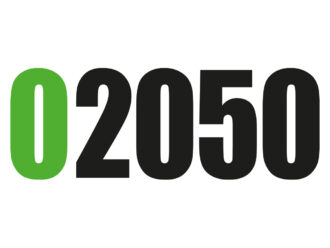Secondly, good admin can be harnessed to develop initiatives, such as mobile apps, that utilise behavioural finance and encourage members to save more in their pension pot during the accumulation phase. This is important given members are failing to put enough into their pots. According to the Office for National Statistics, the average total contribution rate for DC schemes in 2015 was 4% of pensionable earnings: 1.5% for members and 2.5% for employers. Elsewhere, figures from the PLSA show the average reported employee contribution at 4.2% and 7.9% for employers (8% in 2015).
The government has announced a wide-ranging review of auto-enrolment later this year which it says will encourage more people to save into a pension. But, for now, improving standards of admin might provide some answers.
MASTERS OF THE [DC] UNIVERSE
For some admin providers, work is needed. Speaking at a recent portfolio institutional roundtable on DC investment, Dean Wetton, lead adviser and founder at Dean Wetton Advisory, said: “At the moment, we only know of two or three administrators that are able to pay out natural income from a fund directly through to members. It’s that innovation which is missing.”
According to LGIM’s Douglas, standards of admin in DC have improved markedly over the last three years, but the real test will come in tackling the challenges posed by pension freedoms and integrating behavioural finance ideas.
For Daniel Taylor, a director at pensions administration specialist Trafalgar House, the DC admin space is easily the most technologically-advanced sphere of administration in pensions. “In fact, over the last five years I have personally seen the investment in good technology pay dividends,” adds Taylor. “Admin has changed from a human-based process operation into a technological offering that has massively streamlined a lot of internal processes.”
Taylor believes the charge is being led by the larger DC master trust providers who since the introduction of auto-enrolment, have used this technology to leverage far more sophisticated forms of communication and engagement with members.
One example of this is benefit aggregation. Traditionally, the majority of the DC market has been sectionalised and schemes have only engaged with members purely on the one pot they are responsible for. However, master trust providers are looking at supporting members through aggregating benefits and total wealth on one platform because they have a vested interest in accumulating bigger pots under their stewardship.
“They are looking at pensions far more commercially than the market has traditionally,” says Taylor. “They are trying to build as many assets under management as possible and to do that you have to engage and operate a lot more like a retail business.”
In addition, as the new kids on the block, master trusts and some of the life offices are founded on far more technologically- sophisticated operating systems than traditional trust based schemes.
“A lot of the master trusts have only been around since auto-enrolment was introduced so they are benefitting from a far more modern technology platform that is more agile and can adapt to these initiatives,” says Taylor.



